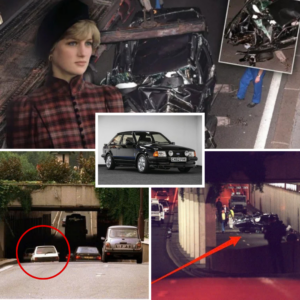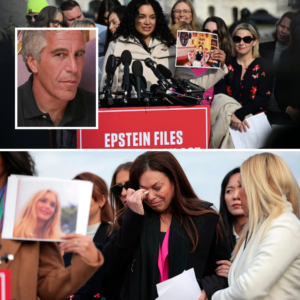In a development that has ignited fierce debate across the aviation world, preliminary findings from the crash of Air India Flight 171 reveal that the Boeing 787 Dreamliner was cleared for takeoff just moments before both engines inexplicably lost power, leading to one of the deadliest aviation disasters in recent Indian history. The flight, bound for London Gatwick from Ahmedabad’s Sardar Vallabhbhai Patel International Airport, plummeted into a residential area on June 12, 2025, killing 241 people on board and 19 on the ground. As cockpit voice recordings surface, scrutiny has zeroed in on Captain Sumeet Sabharwal’s potential role in the sequence of events that unfolded in mere seconds—a decision, or perhaps an inadvertent action, that may have sealed the fate of the aircraft.
The tragedy struck at 1:38 PM local time, as Flight AI171, carrying 230 passengers and 12 crew members, accelerated down the runway. The 12-year-old Boeing 787-8, a wide-body jet renowned for its efficiency and advanced systems, had undergone standard pre-flight checks with no reported anomalies. Passengers included a diverse group: 169 Indian nationals, 53 British, seven Portuguese, and one Canadian, many of whom were families, business travelers, and expatriates heading to the UK. According to air traffic control logs, the tower granted takeoff clearance without hesitation, citing clear conditions and no immediate threats.
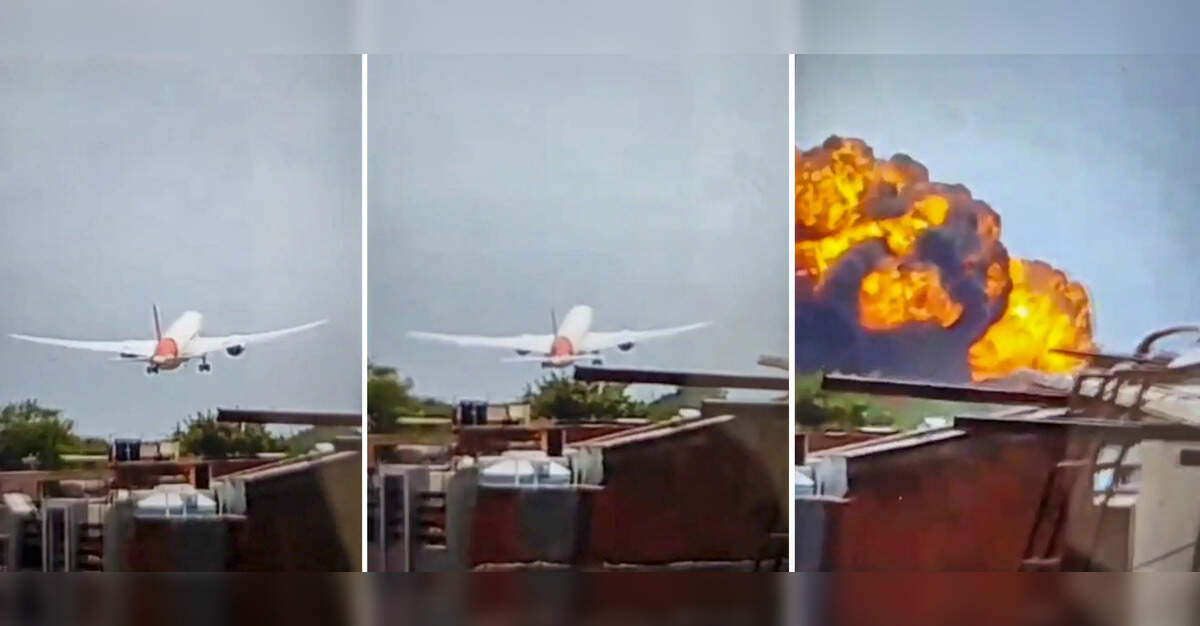
But disaster struck almost immediately. Just 40 seconds after liftoff, both engines shut down simultaneously when the fuel-control switches—critical levers located on the center console behind the throttles—shifted from the “run” position to “cut-off.” This action starved the engines of fuel, causing a catastrophic loss of thrust during the critical initial climb phase. Black box data shows the aircraft reached an altitude of only about 500 feet before beginning its fatal descent. It clipped trees, struck an incineration chimney, and then slammed into the northwest wall of a building at BJ Medical College Hostel, a densely populated suburb 1.85 kilometers from the runway’s end. The impact fragmented the fuselage, scattering debris over 300 meters and igniting a fire that engulfed parts of five buildings.
Eyewitnesses on the ground described a scene of utter horror. “I heard a loud boom, then saw flames and smoke everywhere,” recounted local resident Amit Patel, who was among the 67 injured in the ensuing chaos. Emergency responders arrived swiftly, but the devastation was immense: twisted metal embedded in walls, engines lodged on rooftops, and the tail section protruding from a building. Miraculously, one survivor emerged—41-year-old Vishwaskumar Ramesh, a British national of Indian origin. Ramesh, seated in the rear, managed to escape the wreckage and walk to safety through a nearby gate, suffering only minor injuries. His survival has been hailed as extraordinary, though he has since spoken of the trauma: “It was like the world ended in an instant. I don’t know how I made it out.”
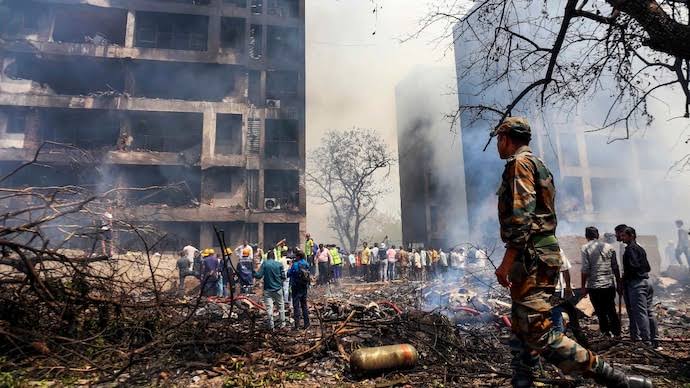
The investigation, led by India’s Aircraft Accident Investigation Bureau (AAIB) with assistance from Boeing, the U.S. National Transportation Safety Board (NTSB), and the UK’s Air Accidents Investigation Branch, has focused on those fateful fuel switches. Cockpit voice recordings, partially released in the preliminary report, capture a tense exchange: one pilot asks, “Why did you cut off?” while the other responds, denying any such action. The speakers have not been definitively identified, but speculation points to First Officer Clive Kunder, the 32-year-old pilot flying the aircraft, questioning Captain Sabharwal. Kunder, with over 3,400 flight hours including 1,128 on the Dreamliner, was handling the controls during takeoff, while Sabharwal, 56, with more than 15,600 hours and 8,500 on the 787, served as the monitoring pilot.
Experts are divided on what transpired. Some, citing unnamed U.S. officials in reports from The Wall Street Journal and Reuters, suggest Sabharwal may have inadvertently or deliberately moved the switches—perhaps in a moment of confusion or to address a perceived issue. A 2018 FAA advisory had warned of potential flaws in the fuel-control system on some Boeing models, including the Dreamliner, but Air India did not mandate inspections as it was non-binding. Others argue for mechanical failure, such as a glitch in the Full Authority Digital Engine Control (FADEC) system, or even an electrical anomaly. The switches were flipped back to “run” within seconds, triggering an automatic relight, but only one engine partially recovered thrust before impact. A “Mayday” call was issued, and the Ram Air Turbine (RAT) deployed to provide emergency power, but it was too late.
Captain Sabharwal’s actions—or inactions—are now under intense scrutiny. As the pilot-in-command, he bore ultimate responsibility. Aviation analyst Dr. Michael Harrow, a former NTSB investigator, noted, “In those high-stress seconds, pilots rely on training and instinct. If Sabharwal did manipulate the switches, why? Was it a response to an undetected warning, or human error amplified by fatigue?” Both pilots had passed pre-flight medical checks, but broader questions about crew rest, airline scheduling, and mental health have surfaced. Indian pilots’ associations have decried premature blame, calling media speculation “reckless” and urging patience until the final report, expected in a year.
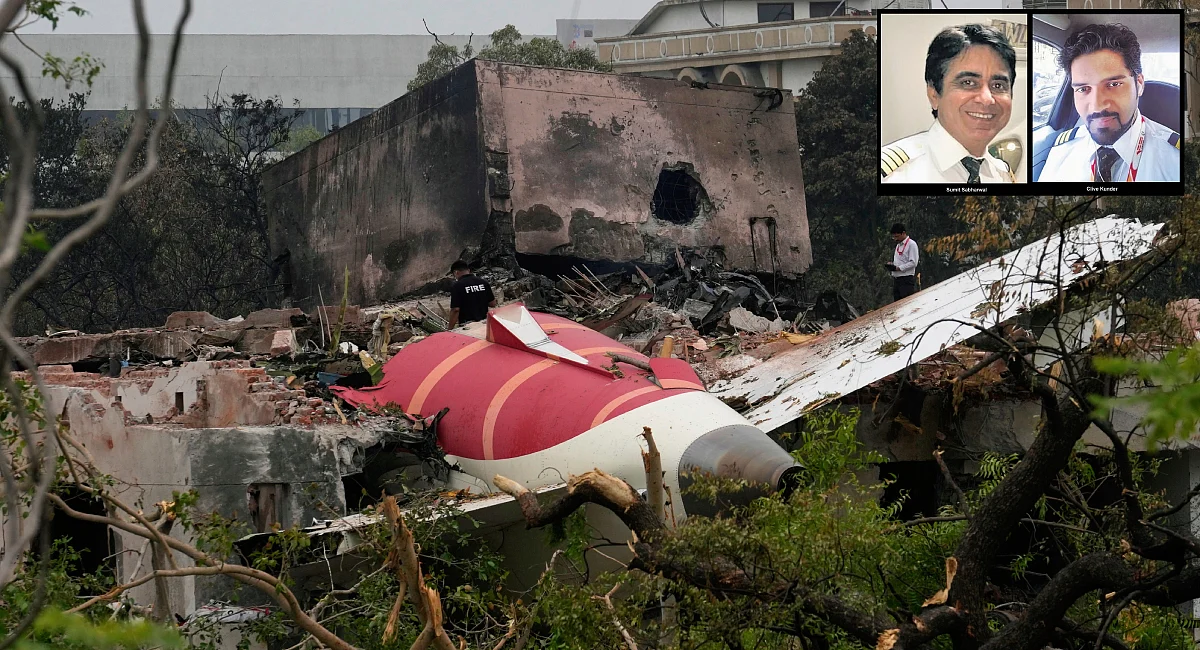
Air India CEO Campbell Wilson expressed profound grief in a statement: “Our hearts go out to the families. We are committed to transparency and supporting the investigation fully.” The airline has grounded similar aircraft for checks and provided aid to victims’ relatives, but critics point to a pattern of incidents, including a 2023 engine issue on another Dreamliner flight.
The crash’s ground impact amplified the tragedy, killing 19 residents and injuring dozens. Rescue efforts were heroic, with firefighters battling flames amid debris. CCTV footage and simulations reconstruct the aircraft’s path: a brief climb, sudden stall, and plunge into urban sprawl.
As global aviation grapples with this enigma, lessons emerge on system redundancies and pilot training. With climate-stable routes but ever-present risks from technology and human factors, Flight 171 serves as a stark reminder: even in modern jets, margins for error are razor-thin. Whether Sabharwal’s last moments involved a fatal misstep or an unavoidable fault, the truth may reshape industry protocols.

